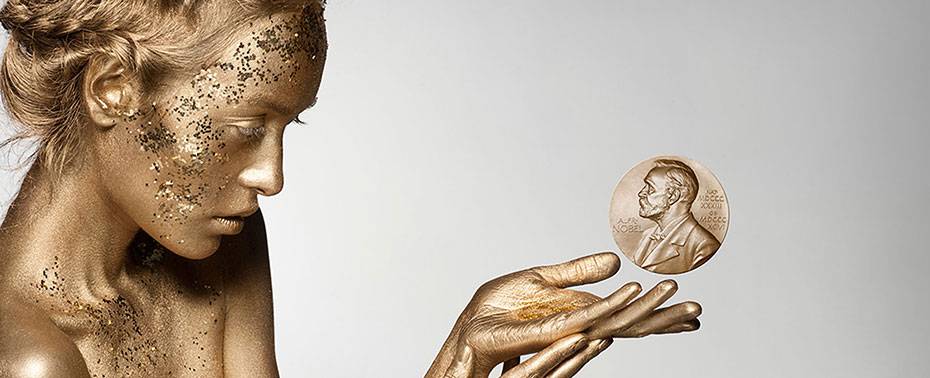Sensorial receptors of temperature and touch
In 2021, David Julius and Ardem Patapoutian shared the Nobel Prize in physiology or medicine for the identification of receptors that enable cells to detect temperature and touch. Dr. Julius worked on the receptor for capsaicin (responsible for the sharp taste of hot chili peppers). This molecule binds to the membrane receptor TRPV-1 on sensorial neurons and its activation causes unpleasant skin sensations (pain, itching, etc.). This receptor is currently considered to be the reference marker of sensitive skin. In parallel, Ardem Patapoutian discovered a receptor that is activated by the action of mechanical pressure that tells the brain that the body has touched something or is in movement.
Among environmental factors, cold is one of the major stresses having the greatest impact on sensitive skin. It in fact disturbs cutaneous equilibrium by acting directly on the three biological components of sensitive skin, thereby increasing unpleasant sensations.
In 2018, SILAB developed NEUROFENSE®, a bio-inspired concentrate extracted from the roots of red sage that provides an overall solution well suited to the lifestyle and the environment of consumers. The development of novel models in vivo has enabled the soothing efficacy of NEUROFENSE® to be shown in extreme conditions. When exposed to cold in conditions mimicking winter weather, it boots the skin’s reactivity threshold. It has been also shown in vitro that NEUROFENSE® neutralizes neuronal hyper-reactivity by inhibiting TRPV-1.

Circadian rhythm
In 2017, the Nobel Prize in physiology or medicine was awarded to three American scientists, Jeffrey C. Hall, Michael Rosbash et Michael W. Young, for the discovery that the molecules controlling circadian rhythms, responsible for the internal biological clock, are synchronized with the Earth’s revolutions around the sun.
The lack of light, stress or aging desynchronize this circadian clock. The direct result of this in the skin is dehydration, a dull complexion and more visible wrinkles. Luminotherapy (i.e. light therapy) is therefore recommended and recognized to regulate our biological clock and to ensure cutaneous homeostasis.
In 2012, SILAB launched CIRCAGENYL®, an active ingredient obtained from the roots of lindera and having luminotherapy-like properties. As a result of its targeted chrono-cosmetic action, this powerful ingredient revitalizes tired skin and reverses the effects of time for a healthier looking skin that radiates youth.

Autophagy
In 2016, the Japanese biologist Yoshinori Ohsumi was awarded the Nobel Prize in physiology or medicine for having explained the biological mechanism of autophagy. This process embodies a powerful cell detoxification machinery by recycling waste that congests the cell and thereby interferes with its correct functioning.
At the skin level, this core system of dynamic and natural recycling by cells reduces their premature aging and thereby maintains overall cutaneous homeostasis.
SILAB has been a pioneer in the study of autophagy in the skin. Our research teams have come to understand and control the “workings” of the autophagy system by using a variety of standardized biological models of the skin. As a result of these discoveries and based on filing several patent applications, SILAB has developed two active ingredients.
CELLDETOX®, first revealed in 2006, is a purified active ingredient obtained with a biotechnology process. Rich in alpha-glucans, it has an elevated efficacy potential that activates the skin’s autophagy system. Through this means, it improves the radiance of tired skin and limits the signs of aging by supporting the cell regeneration process.
In 2020, SILAB launched AGREYNIST®, a new ingredient obtained from black oats and spiny restharrow. This anti-free radical and pro-pigmenting active ingredient enables greying hair to return to its natural color without the use of hair dyes.








